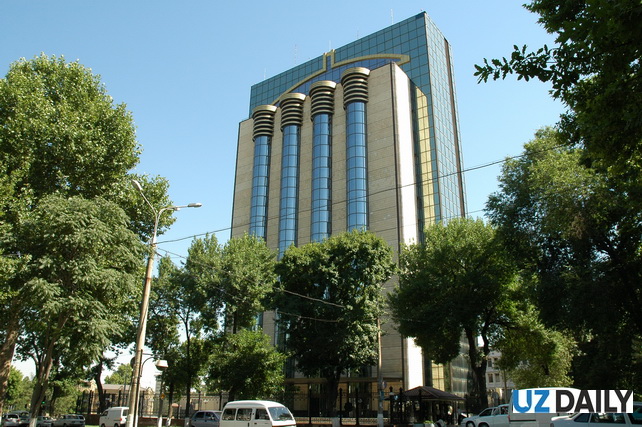
CBU: The population sold US$15.2 billion in foreign currency to banks
CBU: The population sold US$15.2 billion in foreign currency to banks
Tashkent, Uzbekistan (UzDaily.com) — Between January and September 2025, Uzbekistan’s domestic foreign exchange market demonstrated growth in both aggregate demand and supply of foreign currency, according to a review by the Central Bank of Uzbekistan (CBU).
Demand for foreign currency reached US$42.7 billion, up by 23.5% compared to the same period in 2024, while supply—excluding Central Bank operations—increased by 24% to US$34.4 billion.
An additional source of foreign currency supply came from sterilization operations carried out under the CBU’s purchase of monetary gold. These operations were conducted on market terms and did not affect the fundamental factors influencing the exchange rate formation.
Demand from legal entities rose by 24% during January–September 2025, while their supply increased by 37%. A significant source of corporate foreign currency supply was export earnings, which reached US$13 billion over nine months, an 18% increase compared to the previous year. Of this amount, US$7.1 billion, or 55%, was sold on the domestic market—22% more than during the same period in 2024.
Banks also increased their foreign currency sales financed by external loans to US$6.3 billion, 1.6 times higher than last year’s figure.
The share of foreign currency purchased on the domestic market to finance imports slightly decreased, while the share of participants’ own funds rose. In January–September 2025, 64.7% of foreign currency was purchased on the domestic market (compared to 65.5% in 2024), and 24% came from own funds (23.1% in 2024).
The main portion of foreign currency purchased—51%—was directed toward imports of equipment, goods, and raw materials; 27% went to servicing external debt; 18% was used to import consumer goods and pharmaceuticals; 2% to repatriate income to foreign investors; and the remaining 4% for other purposes.
The population sold US$15.2 billion in foreign currency to commercial banks, 1.3 times more than in the previous year, while purchasing US$8.5 billion—23% higher than during the same period in 2024.
Overall, foreign currency supply from households exceeded demand by US$6.7 billion, 1.4 times higher than in 2024.
The main source of foreign currency sales was remittances received from abroad, totaling US$13.9 billion—24% higher than the same period in 2024 and 66% above the 2023 level.
Meanwhile, outbound international transfers from Uzbekistan amounted to US$1.9 billion, US$127 million less than in January–September of last year.
The exchange rate dynamics of the soum during January–September were shaped by domestic supply and demand, macroeconomic trends, and external economic conditions.
The exchange rates of key trading partners’ currencies against the US dollar changed as follows: the Russian ruble appreciated by 27%, the Chinese yuan by 2.5%, the Korean won by 5%, while the Kazakh tenge weakened by 4.6%. These shifts contributed to maintaining the country’s external competitiveness.
The real effective exchange rate, reflecting the overall competitiveness of the economy, decreased by 1.5%, indicating that the national currency did not strengthen relative to those of external trading partners. The global rise in gold prices—from US$2,610 to US$3,807 per troy ounce—also supported foreign currency inflows into the domestic market.
Since April of this year, volatility of the soum’s exchange rate has doubled, approaching the average level of volatility seen among developing economies with flexible exchange rate regimes. Over the first nine months of 2025, deposits in the national currency grew by 23%, reaching 205 trillion soums, supported by increased transaction activity and savings in soums.
Inflation expectations among households and businesses declined to 12% from 14–15% at the beginning of the year, while the influence of exchange rate movements on expectations was cut in half. The trend of declining dollarization of deposits and loans continued: the share of loans in foreign currency decreased from 41% to 37%, and deposits—from 26% to 23%.
The total volume of foreign currency sold by clients to banks rose by 33%, reaching US$32 billion.